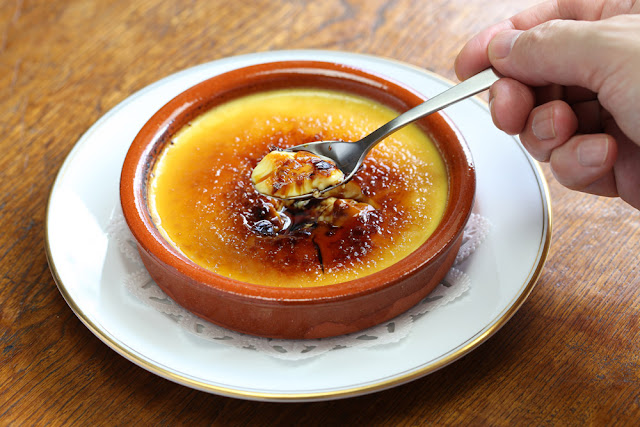A Culinary Walk Through Oltrarno

Located on the other side of the Arno river, Oltrarno is a vibrant, bohemian district replete with artisans’ shops, hearty trattorie, and fashionable restaurants. If an authentic taste of Florence is what you’re after, then this 4-hour walking food tour through Oltrarno might be right up your alley. From crostini to lampredotto (cow stomach sandwich), you’ll have the chance to discover and sample some of the area’s most famous delicacies while strolling down the neighborhood’s atmospheric cobblestone streets. The experience includes numerous food and wine tastings at 8 authentic locales, including topnotch gelato, typical Tuscan cheeses & finocchiona (Florentine fennel-spiced salami), as well as a hearty traditional soup/stew in a local trattoria.
















































